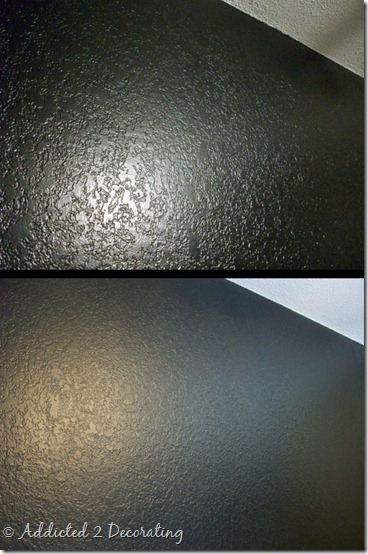![]()
My friend just finished remodeling her dream kitchen. She worked and saved for quite some time to make that kitchen a reality. She met with a designer, spoke with carpenters, technicians, and more. Everything had been so carefully planned and went just as she wanted… until, that is, the paint was applied. She had wanted a subtle faux Tuscan look but ended up with a paint job that looked like it had been applied with a crumpled paper bag. Luckily it was only paint and could be covered up. But through it all, my friend learned a lot more about paint than she anticipated, including which types of paint to apply to different surfaces. So after inspiration from my friend’s story and after some research of my own, here’s the ultimate guide to choosing the right paint finish.
Flat Paint
Best Use: Concealing.
Surfaces: Ceilings, Closets, Dining Room.
Also known as matte finish, flat paint is somewhat delicate and is best used on walls and surfaces that won’t require frequent washing or touch-ups. Flat paints are best for concealing imperfections such as uneven textures, patches, or joints. The matte finish of this paint is effective for absorbing light and making flaws less noticeable. Source

Satin & Eggshell
Best Use: Areas with low natural/reflective light.
Surfaces: Bedrooms, Dining Room, Hallways, Family Room, Office, Basement Rooms.
Satin and eggshell finishes are a popular choice as a compromise between pigment and strength. When viewed from straight on, low luster paints appear matte, but viewed from an angle, they have a slight sheen. This sheen can reveal imperfections, particularly in rooms with a lot of lighting, so it’s best to use satin and eggshell paints in rooms that don’t get much direct sun. One of the best features of low luster paints is that they are easy to wash and maintain, making them good choices for high-traffic areas of the home. Source


